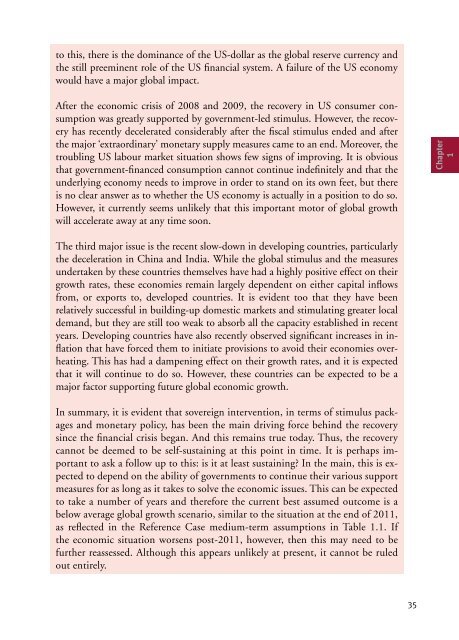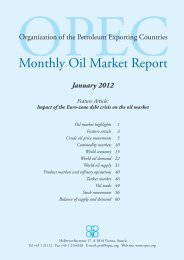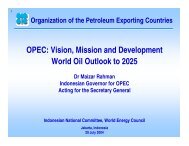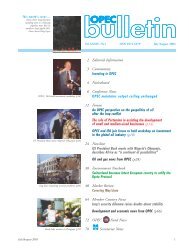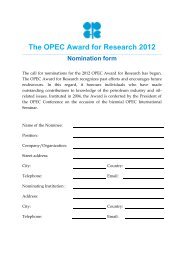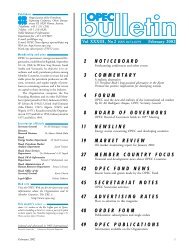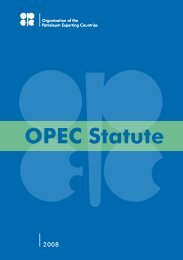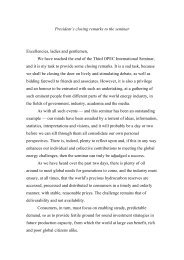Section One
Section One
Section One
Create successful ePaper yourself
Turn your PDF publications into a flip-book with our unique Google optimized e-Paper software.
to this, there is the dominance of the US-dollar as the global reserve currency and<br />
the still preeminent role of the US financial system. A failure of the US economy<br />
would have a major global impact.<br />
After the economic crisis of 2008 and 2009, the recovery in US consumer consumption<br />
was greatly supported by government-led stimulus. However, the recovery<br />
has recently decelerated considerably after the fiscal stimulus ended and after<br />
the major ‘extraordinary’ monetary supply measures came to an end. Moreover, the<br />
troubling US labour market situation shows few signs of improving. It is obvious<br />
that government-financed consumption cannot continue indefinitely and that the<br />
underlying economy needs to improve in order to stand on its own feet, but there<br />
is no clear answer as to whether the US economy is actually in a position to do so.<br />
However, it currently seems unlikely that this important motor of global growth<br />
will accelerate away at any time soon.<br />
The third major issue is the recent slow-down in developing countries, particularly<br />
the deceleration in China and India. While the global stimulus and the measures<br />
undertaken by these countries themselves have had a highly positive effect on their<br />
growth rates, these economies remain largely dependent on either capital inflows<br />
from, or exports to, developed countries. It is evident too that they have been<br />
relatively successful in building-up domestic markets and stimulating greater local<br />
demand, but they are still too weak to absorb all the capacity established in recent<br />
years. Developing countries have also recently observed significant increases in inflation<br />
that have forced them to initiate provisions to avoid their economies overheating.<br />
This has had a dampening effect on their growth rates, and it is expected<br />
that it will continue to do so. However, these countries can be expected to be a<br />
major factor supporting future global economic growth.<br />
In summary, it is evident that sovereign intervention, in terms of stimulus packages<br />
and monetary policy, has been the main driving force behind the recovery<br />
since the financial crisis began. And this remains true today. Thus, the recovery<br />
cannot be deemed to be self-sustaining at this point in time. It is perhaps important<br />
to ask a follow up to this: is it at least sustaining? In the main, this is expected<br />
to depend on the ability of governments to continue their various support<br />
measures for as long as it takes to solve the economic issues. This can be expected<br />
to take a number of years and therefore the current best assumed outcome is a<br />
below average global growth scenario, similar to the situation at the end of 2011,<br />
as reflected in the Reference Case medium-term assumptions in Table 1.1. If<br />
the economic situation worsens post-2011, however, then this may need to be<br />
further reassessed. Although this appears unlikely at present, it cannot be ruled<br />
out entirely.<br />
35<br />
Chapter<br />
1


